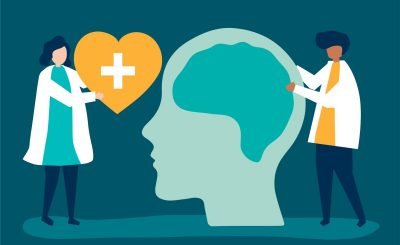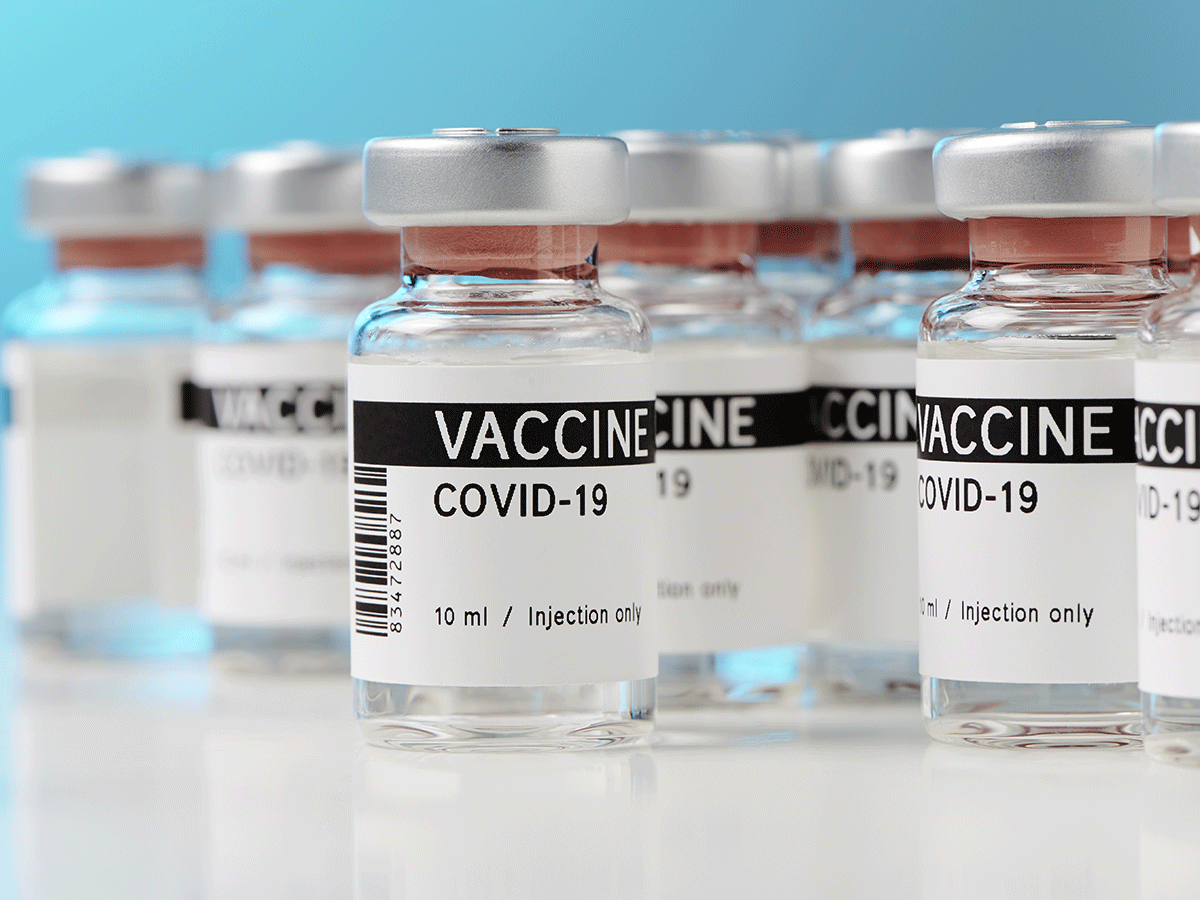
There has been rapid progress made in the field of scientific research in the recent times. However, there still exist many challenges that need to be addressed by the scientists. In the majority of the cases, scientists often emerged with flying colours. In a path-breaking research, Scientists at UCLA were able to transfer the memory between snails by transfer of RNA. The current research could pave the way for the potential treatment of Alzheimer’s patients and help in the restoration of lost memories. RNA is the genetic material known for its role in protein synthesis have now been found to be associated with other process involved in the cellular development and disease.
For their study, the researchers choose the marine snail Aplysia which is a common model for neuroscience studies. The cell and molecular mechanisms are similar to humans. However, Aplysia has only 20,000 neurons compared to 100 billion neurons in humans. Initially, the researchers gave five tail shocks to the marine snails one every twenty minutes and the second series of 5 tail shocks after 24 hours. The tail shocks enhanced the defensive mechanism of snails, and as a result, the snails displayed withdrawal reflex to potential harm. Later when the team tapped the snails, they found that the snails subjected to electric shock displayed the defensive contraction that lasted for 50 seconds. On the other hand, the snails that are not exposed to shock contracted for less than one second.
Also Read: A blow to head in early 20’s results in 63% risk of dementia in the later age
The team then decided to check whether the memory can be transferred between snails. For this purpose, they extracted RNA from one group after the second series of shocks (sensitised group). Further, they also extracted RNA from snails that did not receive any shock. The team then injected RNA from two groups into seven marine snails that did not receive any shocks. To their surprise, the seven marine snails that received RNA from the sensitised group displayed defensive contraction that lasted for 40 seconds. As expected the snails that received RNA from the second group did not display any defensive contraction. So, this indicated that there was a transfer of memory.
Also Read: This revolutionary blood test identifies severity of chronic pain
Next, the team added RNA to the Petri dishes that contain neurons that are extracted from snails that did not receive any shocks. They then added the RNA extracted from snails that received electric shocks and the other RNA was extracted from snails that did not receive any shock. Adding RNA from snails subjected to electric shock produced a sort of excitability in sensory neurons in the petri dish, and no excitability was observed in motor neurons. On the contrary, adding RNA from snails that were not given tail shocks did not produce any sort of excitability in sensory neurons. So, it proves that memory is not stored in synapses as earlier thought but may be stored in the nucleus of the neurons. The researchers believe that shortly RNA can be used to restore the memories that have been lost in the early stages of Alzheimer’s disease.
The Research study is published in the Journal eNuero.








Thank you for the terrific article
I like the report
I got this web site from my buddy who told me about this
site and at the moment this time I am visiting this web page
and reading very informative articles or reviews here.